

Senegal

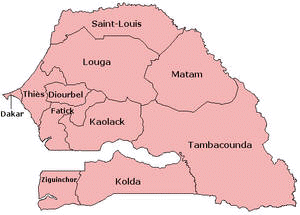

the flag
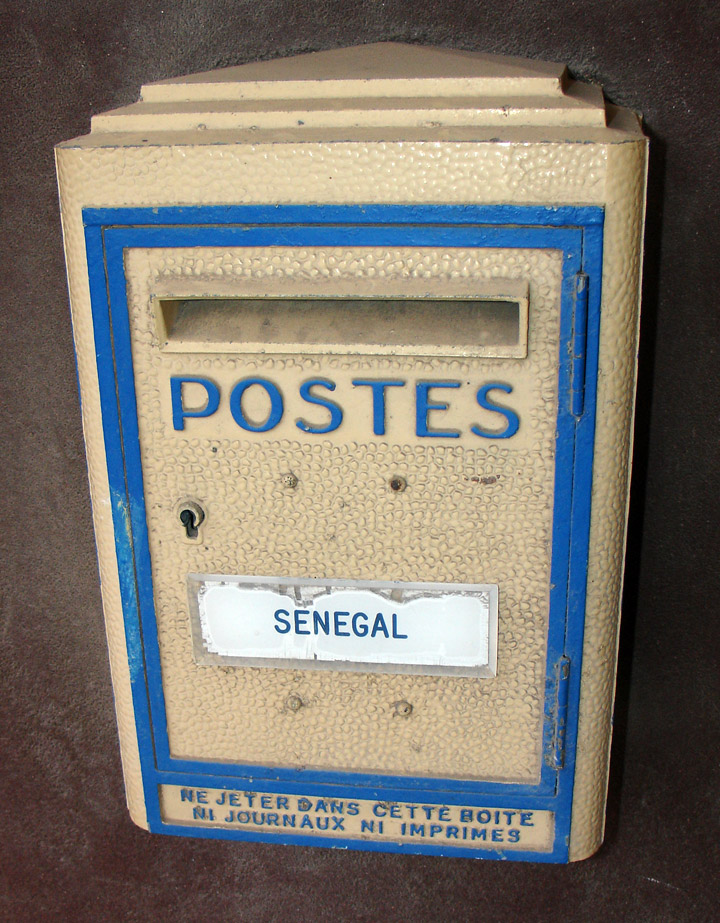
postal service
In January 1994, Senegal undertook a bold and ambitious economic reform program with the support of the international donor community. This reform began with a 50 percent devaluation of Senegal's currency, the CFA franc, which was linked at a fixed rate to the former French franc and now to the Euro. Government price controls and subsidies have been steadily dismantled. After seeing its economy contract by 2.1% in 1993, Senegal made an important turnaround, thanks to the reform programme, with real growth in GDP averaging 5 % annually during 1995-2001. Annual inflation had been pushed down to less than 1%, but rose to an estimated 3.3% in 2001. Investment rose steadily from 13.8% of GDP in 1993 to 16.5% in 1997.
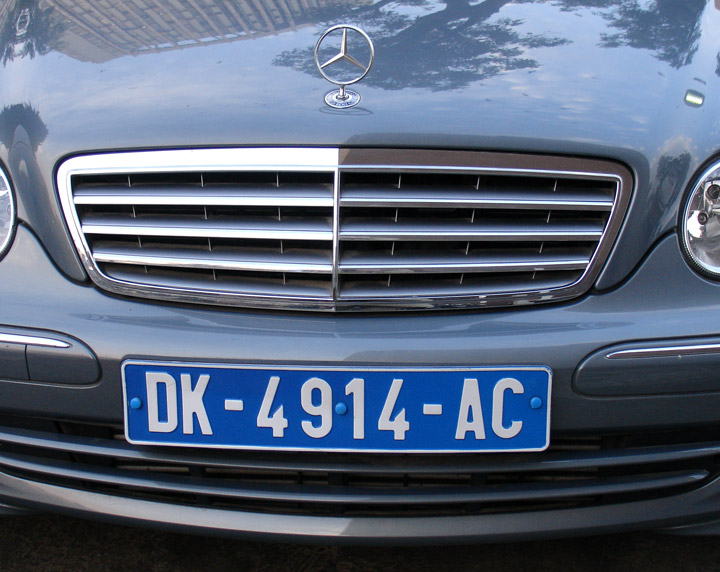
car registered in Dakar
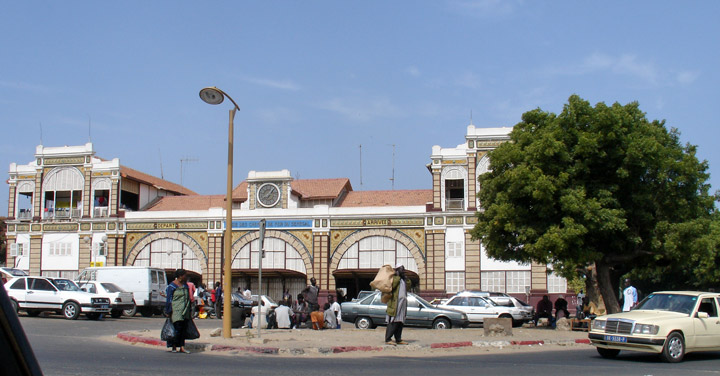
train station in Dakar
As a member of the West African Economic and Monetary Union (WAEMU), Senegal is
working toward greater regional integration with a unified external tariff.
Senegal also realized full Internet connectivity in 1996, creating a miniboom in
information technology-based services. Private activity now accounts for 82% of
GDP. On the negative side, Senegal faces deep-seated urban problems of chronic
unemployment, socioeconomic disparity, juvenile delinquency, and drug addiction;
much as produced within hierarchically class-based populations in the
developed/industrialized world's urban environs.
Map and Text from
![]()
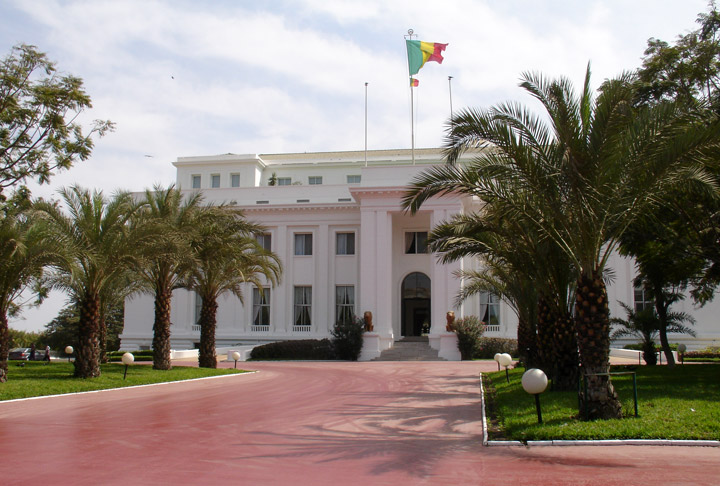
Presidential Palace
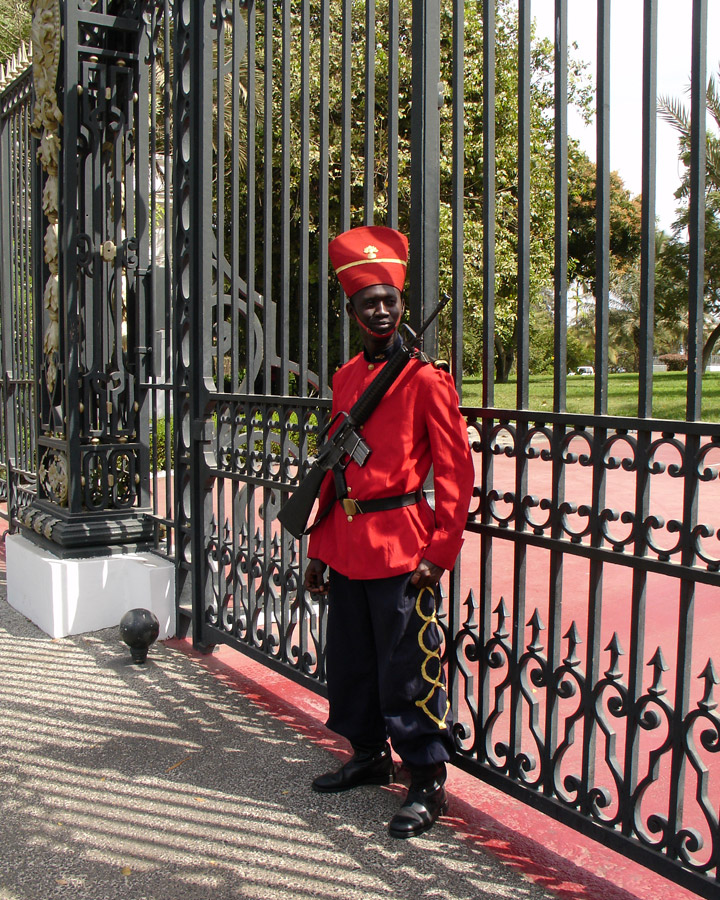
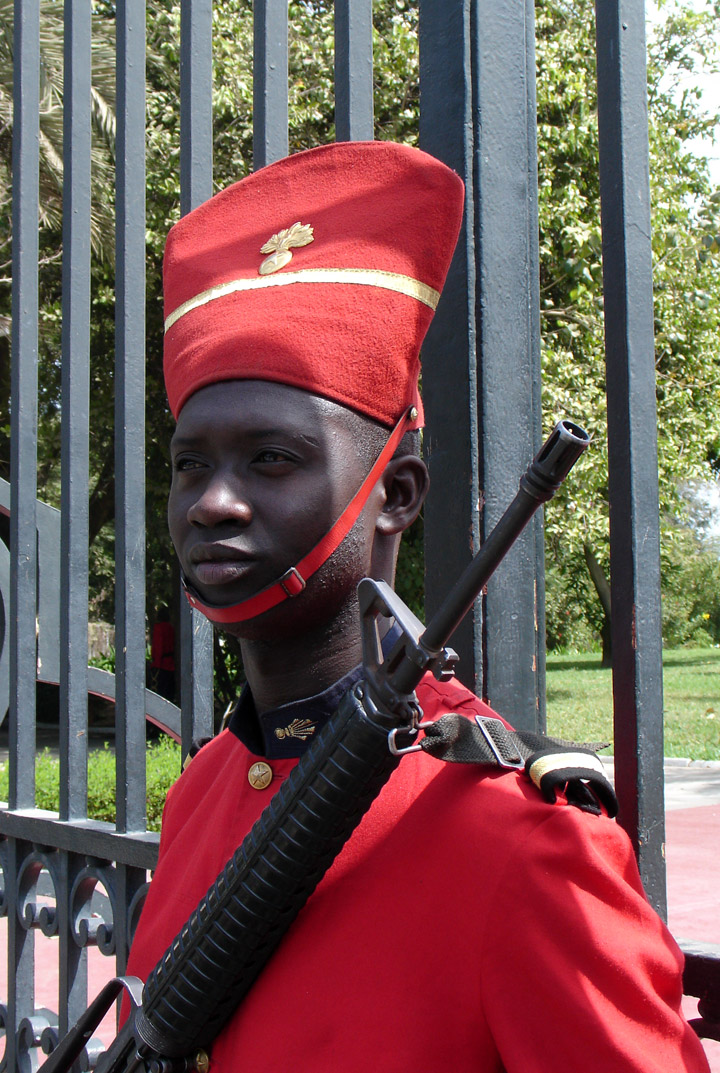
Palace Guard
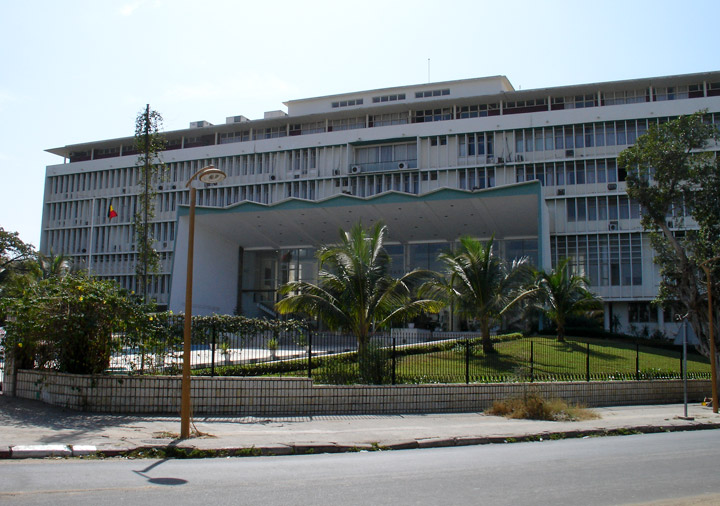
National Assembly
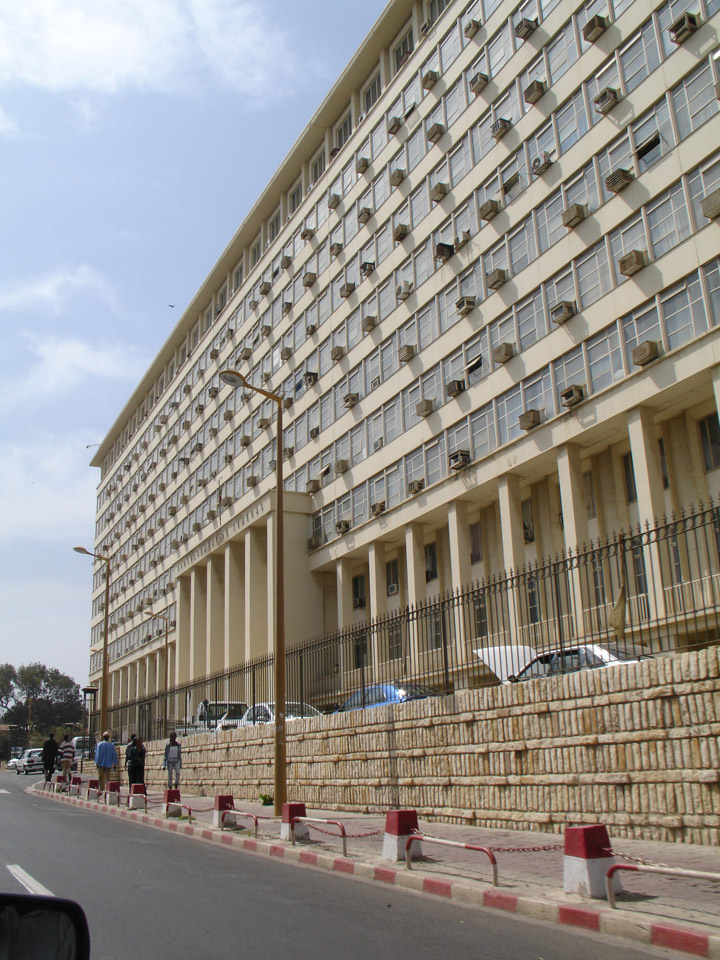
government building
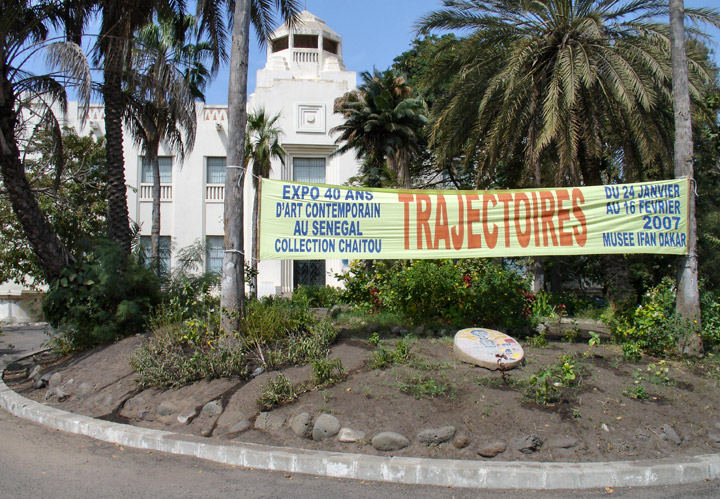
Black Africa Museum
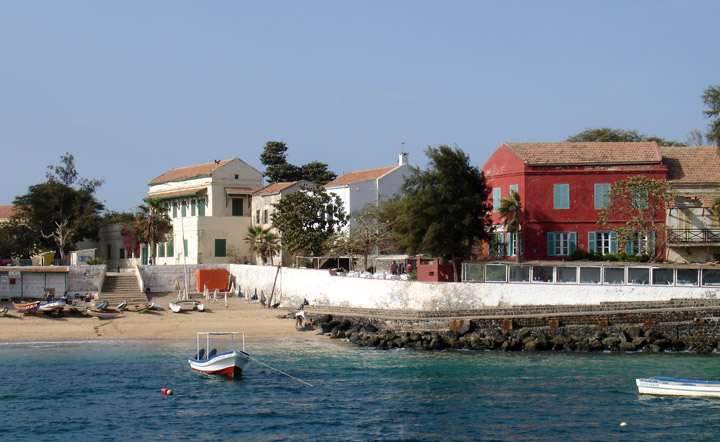
Goree Island
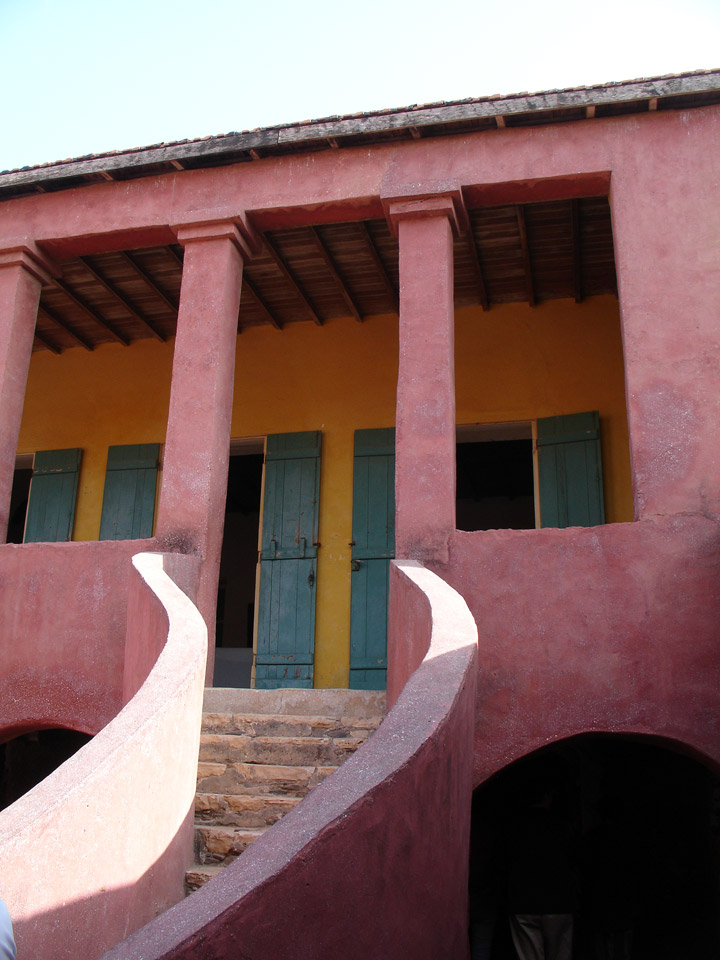
House of Slaves
More Photos of House of Slaves on Goree Island
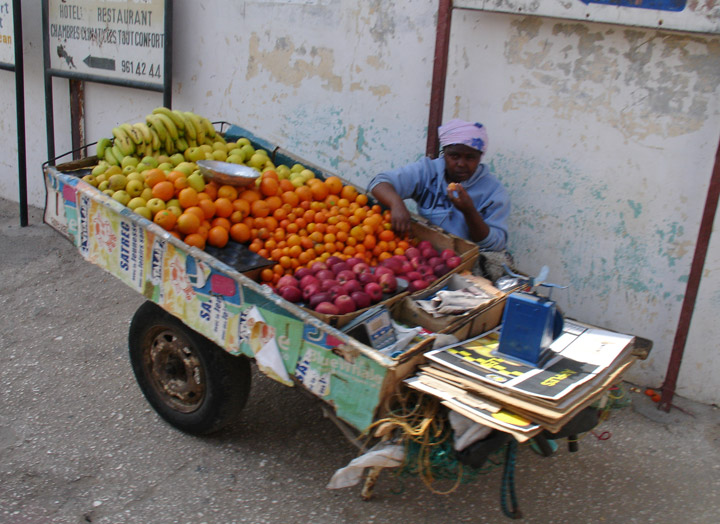
Saint Louis
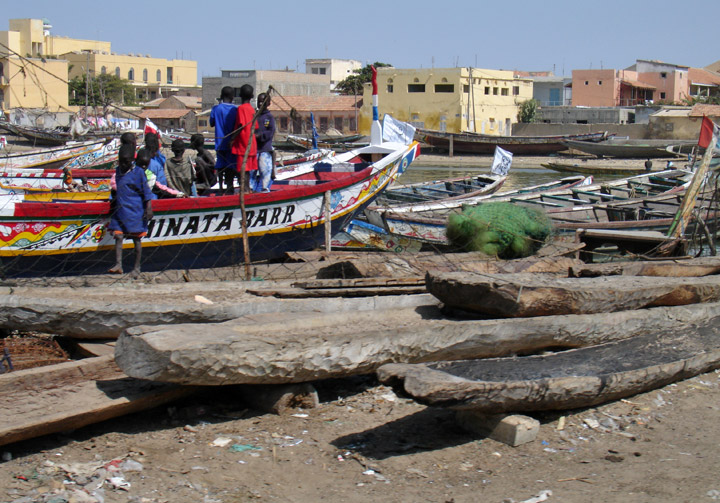
Fisherman's Village, Saint Louis
More Photos of Fisherman's Village
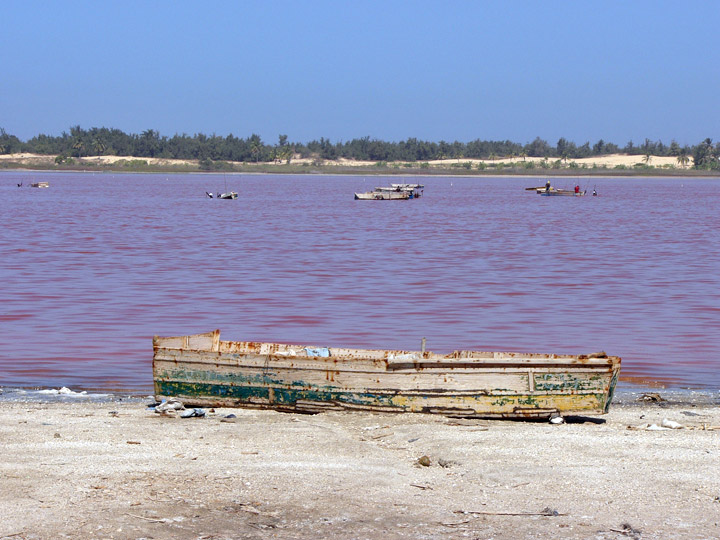
Pink Lake
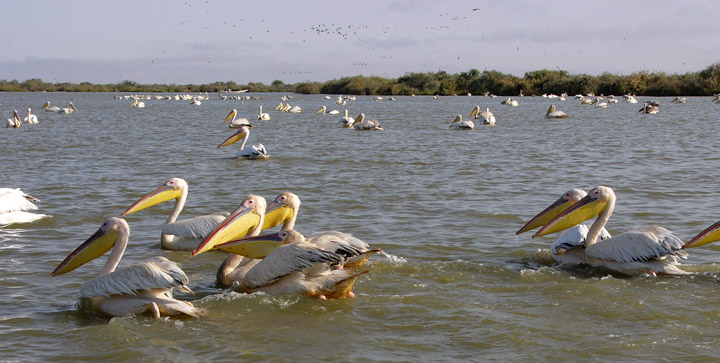
Pelicans
More Photos of the Bird Sanctuary
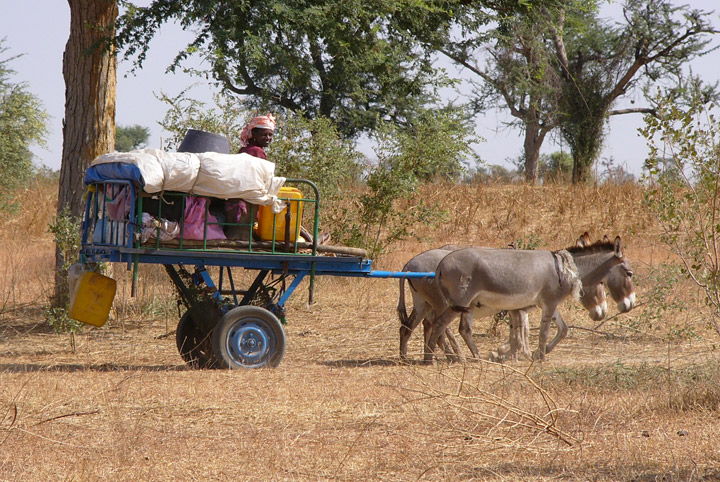
nomadic Fulani people
More Photos of the Fulani migration

Mosque in Touba
More Photos of the Great Mosque in Touba
More Photos of Islam in Senegal
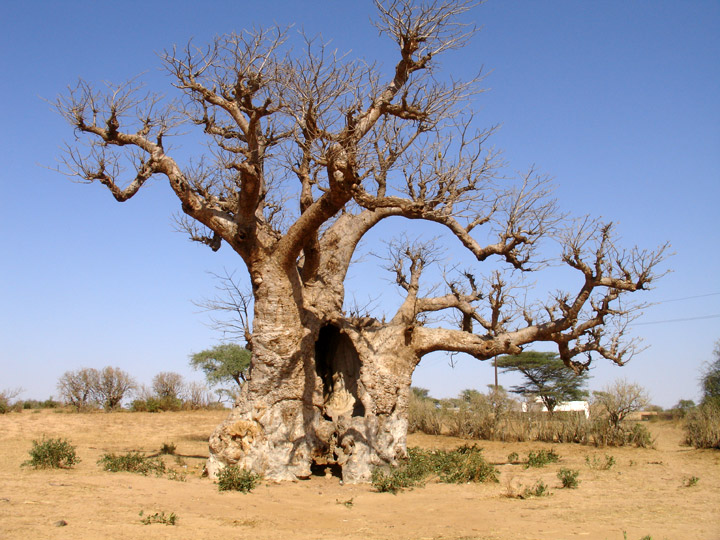
Baobob tree
More Photos of the Countryside, and the Savannah
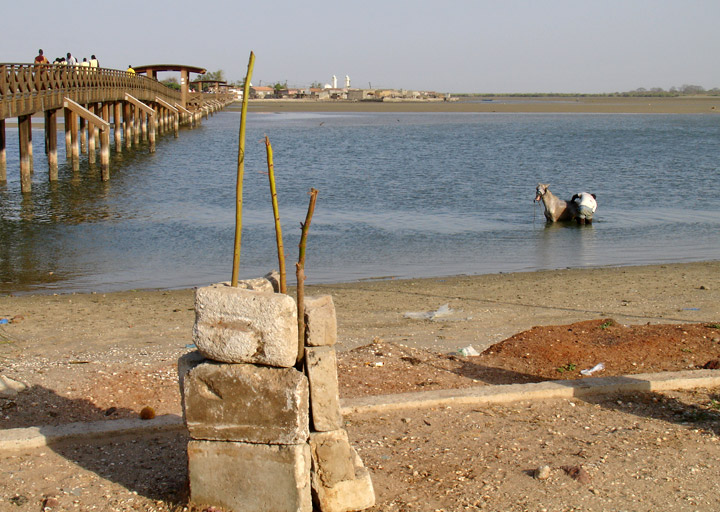
shell village
More Photos of the Shell Village